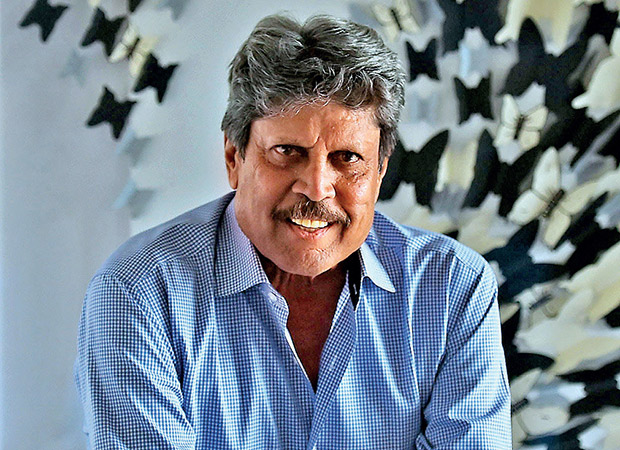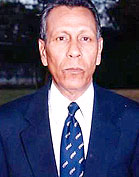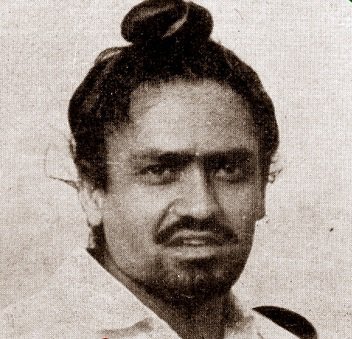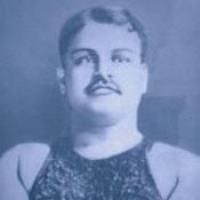The author with Tenzing
Norgay at the latter’s Darjeeling residence in 1955
On Tenzing Norgay, my first idol
Darjeeling, 1955. Dr ‘Pahari’
Guha Mazumdar was at the time the civil surgeon of the Darjeeling district. A
selfless man of charm and honour. The hill people were his family. He spoke
their language, he wore their ‘sarong’, he ate their food and he took care of
them. The Sherpas and the other hill tribes literally worshipped him.
Among the hardy Sherpas who came
to visit the ‘Pahari daktar saab’ was a
man who began life as a guide and coolie to
foreign mountaineers who came to the foothills of the Himalayas with the
intention to climb the various high peaks of the region. Within a few years he
was not only the best guide available but also the most sought-after supervisor
of the labourers, who carried heavy loads on their back to help the expedition
teams.
Away from mountaineering expeditions
this stocky, tough Sherpa was a social worker par excellence in his hometown bustee at Darjeeling. He would carry the old and
the infirm to the good doctor and flash his heart-winning smile. He became Dr
Guha Mazumdar’s younger brother in every respect imaginable.
When Sherpa Tenzing came down
from the skies in 1953, the noble doctor complimented him on his ‘conquest’ of
Mount Everest. The world renowned climber in all modesty replied, “Doctor saab, I was lucky to go on a pilgrimage to God’s
abode.”
The doctor embraced him and began
to weep uncontrollably. Years later Dr Guha Mazumdar told our family, “I
realized there and then how small we were. The real people are these men who
have the highest regard for the bounties of nature. Our knowledge is so very shallow,
so very superfluous. These simple, innocent hill people have a far more
profound understanding and respect for nature.”
In a country where genuine heroes
are forgotten, erosion in values is the only option. A true champion of Tenzing
Norgay’s stature has receded into the background. The spirit of adventure has
ebbed. We have no inclination towards sports of high risks. Our whole ethos
revolves around ‘heroes’ of doubtful potential.
The greatness of Tenzing
lay in his simplicity. International renown and awards chased him. Presidents
and kings followed his trail. Press and politicians pestered him. But he
remained his smiling self with the barest minimum of needs.
The greatness of the man
lay in his innocence. He just could not utter a lie, not even a white lie. When
asked who stepped first on top of Mt. Everest, Tenzing replied that though they
had the same rope around their waist, Edmund Hillary’s feet were the first on
the summit and his own followed soon after. It takes great courage to say that
degree of truth.
In mountaineering parlance, two climbers handling
the same rope are considered to be together and not separate from each other.
In a high-risk adventure sport like mountaineering, the issue of individualism
does not arise. It is a total team effort. Tenzing could easily have avoided
the issue with a vague answer, but then, Tenzing would not have been Tenzing.
This was the real Tenzing.
Throughout his life he has been ‘used’ by others. On being appointed the
Director of Himalayan Mountaineering Institute, he was assured by Prime
Minister Jawaharlal Nehru and Chief Minister of West Bengal Dr Bidhan Chandra Roy
that his appointment was for life and that he would accordingly draw
remuneration throughout his tenure.
But after the death of
those political leaders, he was asked to retire! No further remuneration, no
pension followed. Moreover, throughout his period of directorship, not once did
he get any increment on his salary!
When some little money came
to him by way of book royalty and donations, numerous blood-relations appeared
and came to stay in his humble home and lived off him. The kind-hearted man
just could not turn them away. When India began sending expeditions to
Mt.Everest, nobody thought him important enough to be invited at the flagging-off
ceremonies. But not once did he ever express any grudge against any of his
exploiters.
Born in Nepal of Sherpa
stock, Tenzing lived in the British-built hill-station of Darjeeling in North
Bengal. After the epic achievement of ‘summiting Everest’ in 1953 he was
offered “nationality” by both Nepal and India. Both countries, which had done
nothing for him or for his indomitable Sherpa people, wanted to claim him as
one of their own for international publicity.
Pressure was piled on him
from either side, but Tenzing, true to his honest belief, maintained that he
was both a Nepali and an Indian! In his innocence he highlighted the
international nature of his personality.
This is exactly the kind of
pettiness and disregard we have shown a man who literally put India on top of
the world.
On 29th May, 1953,
he and the New Zealander, Edmund Hillary, reached the summit of Mt. Everest as
part of the British expedition team under John Hunt. When the tri-colour flag
fluttered on top of the world on that historic day, the brave man holding the
pick-axe was none other than this self-made mountaineer from Darjeeling in
Bengal.
When they realized they
were on the summit, two toughest and bravest of men embraced each other and
began to shed tears. They were mesmerized by the beauty and the grandeur of
nature. Tenzing took out the sweet lozenge and the coloured-pencil-stub his
daughter Nima had given him and offered it to the Almighty!
People who climb peaks are
themselves at the summit of the human race. They have little interest in
borders and barriers. Rarefied realms they traverse in isolation. They do not
bother about nationality, race, colour of skin, levels of education, financial
backgrounds. Edmund Hillary would not have opted for the ‘coloured’, poor
Sherpa when he decided on the final launch, if he was a racist.
Tenzing did not blink an
eye to say that Hillary was the first to step on the summit ahead of him. In
mountaineering two climbers together on the same rope are like twins. The rope
is the umbilical cord. They are
together, inseparable. They have the same identity. Both Hillary and Tenzing
were very appropriately given the honour of being the first to climb the
highest peak on earth. None would consider them first and second in order.
If Tenzing was magnanimous, so too was
Hillary. On top Hillary reciprocated by clicking Tenzing’s photo on Mt Everest
and did not insist on having his own photo taken. These sacrifices are beyond
the comprehension of most of us.
Why was just Tenzing’s
photo on the summit taken? Why not Hillary’s as well? The reason being that
they had just two exposures left. Hillary realized that Tenzing may not be able
to handle the camera well enough. So to get the perfect frame, he took
Tenzing’s picture and with the single remaining frame he clicked the final path
they traversed for the benefit of future mountaineers. These acts of Tenzing
and Hillary are at the summit of man’s selflessness.
Mountaineering is an
amazing sport. Exclusively for the bravest and selfless of men and women. There
are no spectators to cheer and applaud up on the mountain. No media support for
instant glory. It is a complete team-effort. No individual can do it alone
without the active, selfless support of his colleagues.
One small error and the
climber invites his own death; sometimes even dragging down his partner with
him. Very lonely, very slow, very difficult the progress is. Courage, strength,
patience, team-work, leadership all combine to be successful in this most
dangerous of all sports.
Mountaineering is man’s
communion with nature. Not a sport between humans. It is a pursuit to overcome
the almost insurmountable hazards of natural obstacles: climate, rain, blinding
sun-light, gusty wind, snow, rocks, crevice, chasm, lack of oxygen, no shade or
shadow, glacier, avalanche. Why would anybody want to volunteer to attempt to
overcome such odds?
The mind of a genuine
mountaineer is almost impossible to fathom. They are above the concept of self.
These dare-devils care not about fame or fortune. Why would any sane person opt
for a sport where there is no return in any form? Why aim for a deserted summit? There are so
many ‘whys?’ begging for answers.
To help us understand the
reason for a mountaineer to climb a peak, a legendary climber by the name of
Keith Mallory simply said, “Because it is there.” Full stop. All questions vanish in a moment.
One is astounded in the face of such selfless courage. Incidentally Mallory
vanished in the Himalayas in the 1920s while attempting to climb the world’s
highest peak. His body was never found.
Tenzing could not write yet
he sent hundreds of letters to his fans worldwide. Tenzing could not read, yet
he received thousands of articles and books written on him from his admirers
all over the world.
Tenzing Norgay’s admirers
are legion. His exploits on the mountain are legendary. Generous, courageous,
honest, self-less, the exemplary mountaineer remains to this day a legend and
an inspiration to millions around the world. But in his own country, for which
he earned so much of international respect and adulation, he is a forgotten
man.
When ‘Pahari’ doctor took
our family to meet him, the ever-smiling all-conquering Tenzing Norgay picked
up the 5 year old child in his arms and related constantly to my parents, “It
was a pilgrimage to the Almighty’s abode.” I can still feel the blessed touch. He was my
first hero. Never regretted the fact. With every passing day I can still smell
the earthy odour of the most marvelous of human beings. For me, it was a
pilgrimage to the best of creations.













